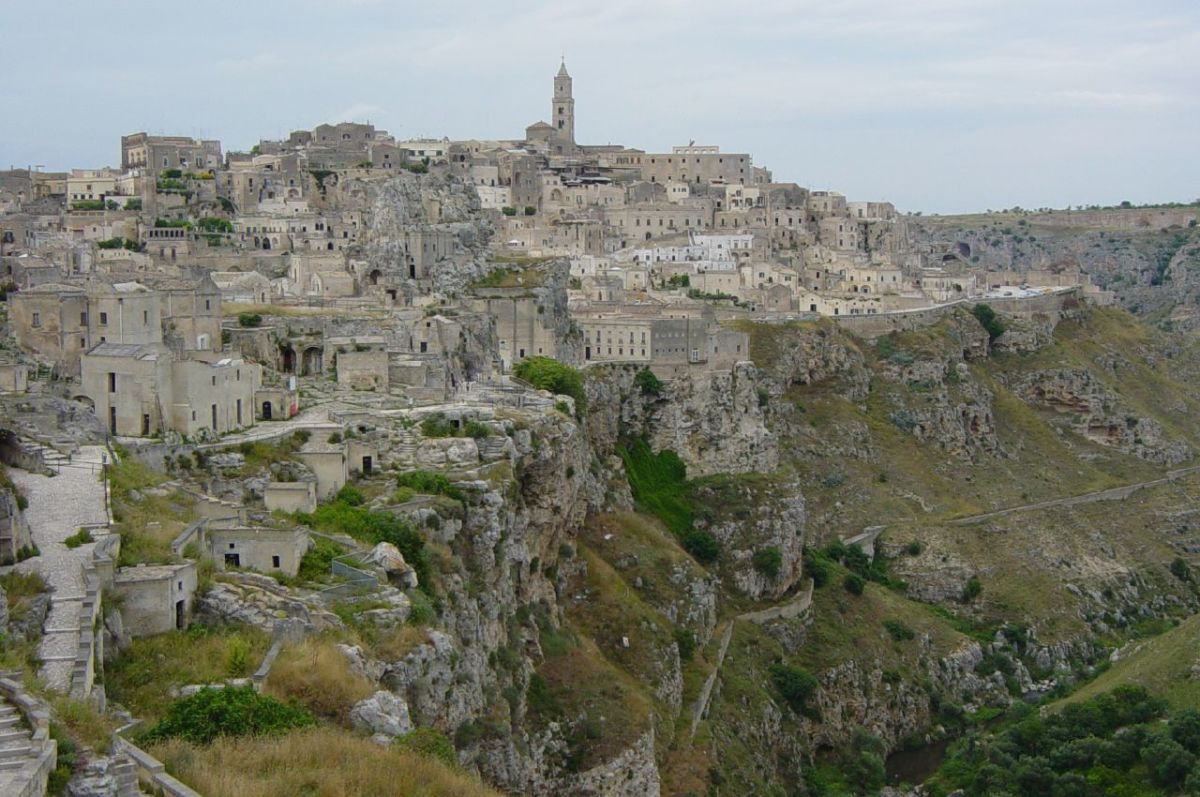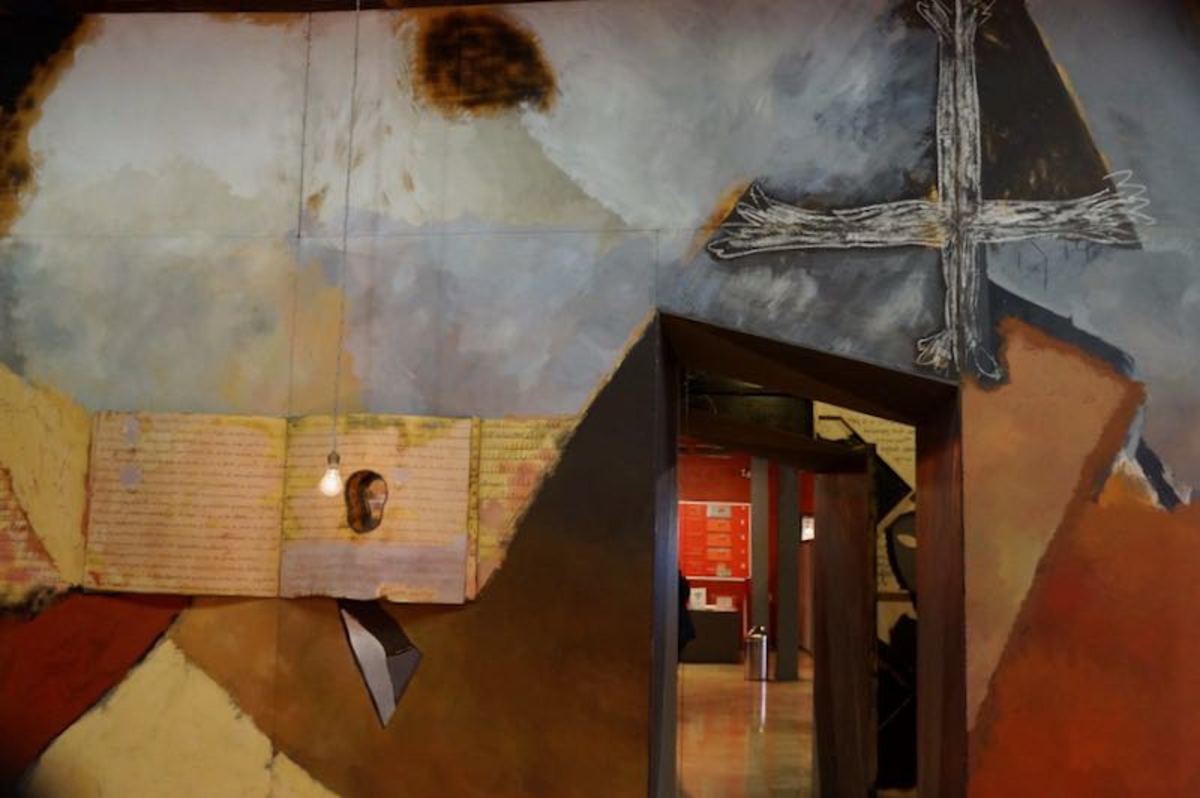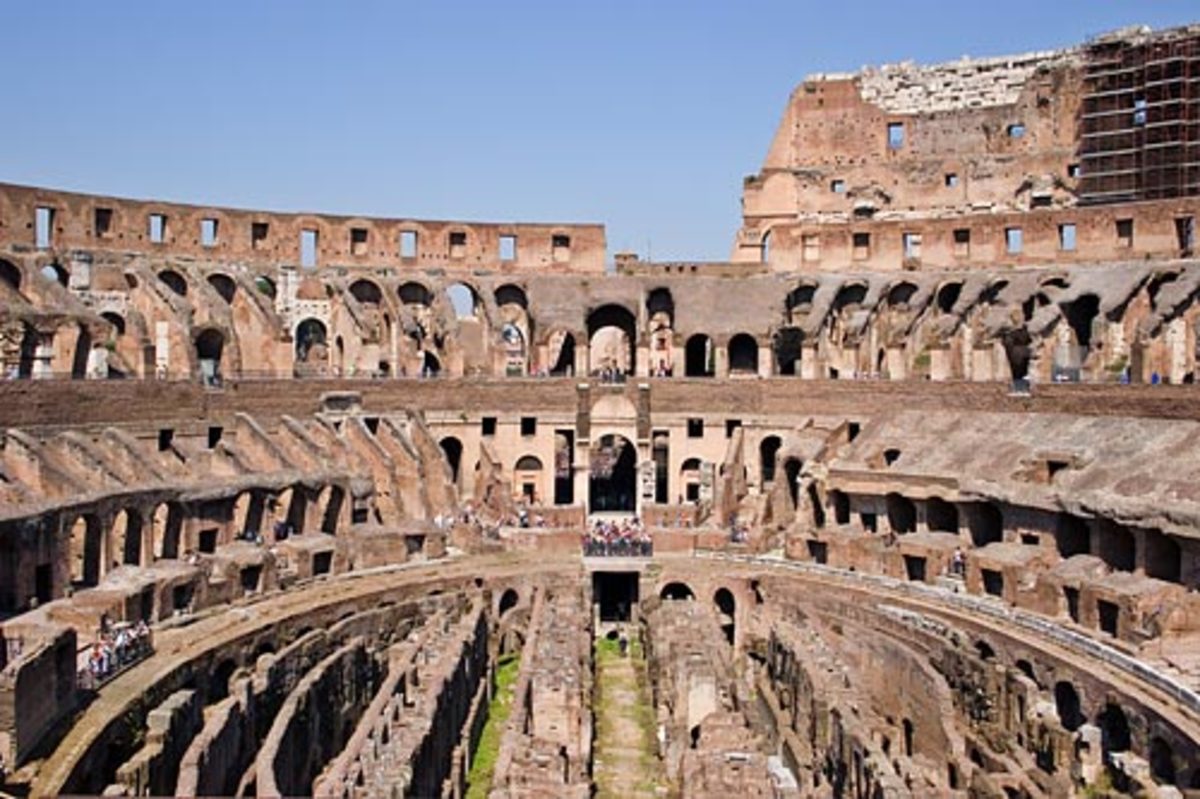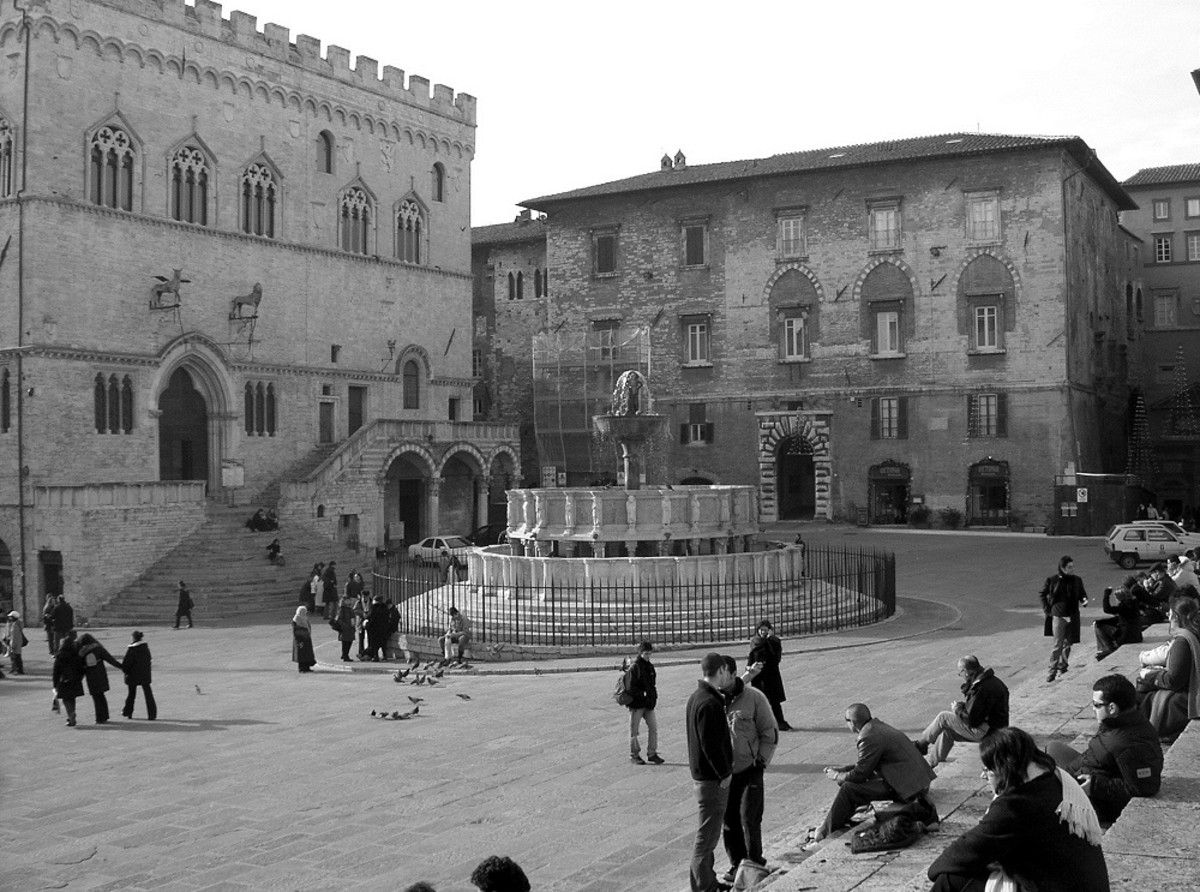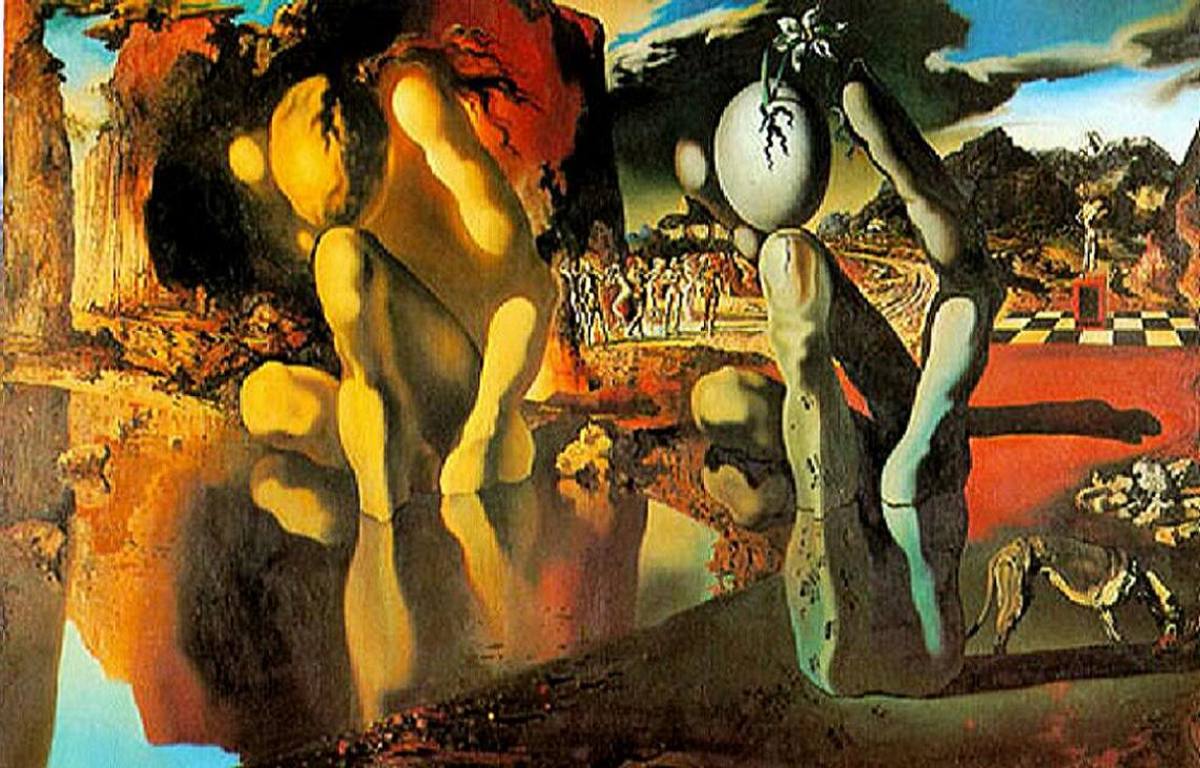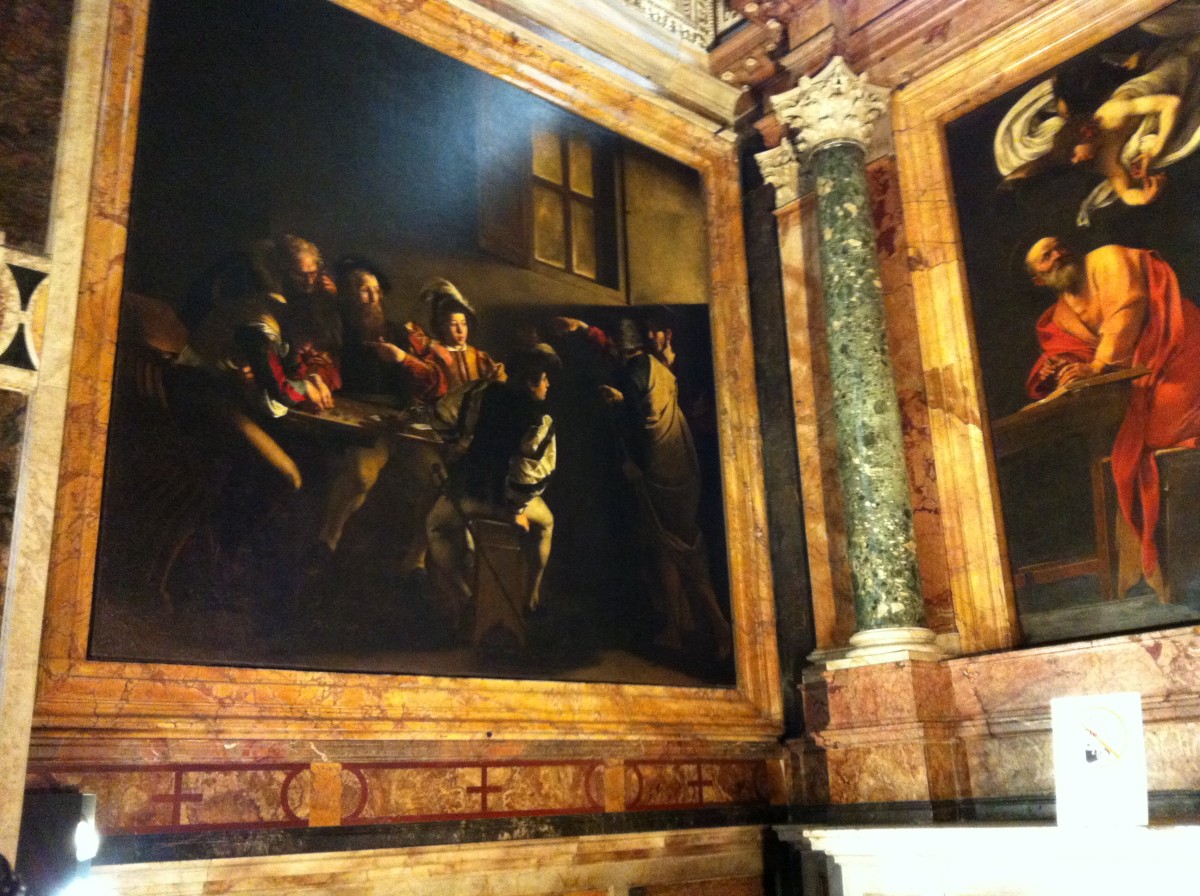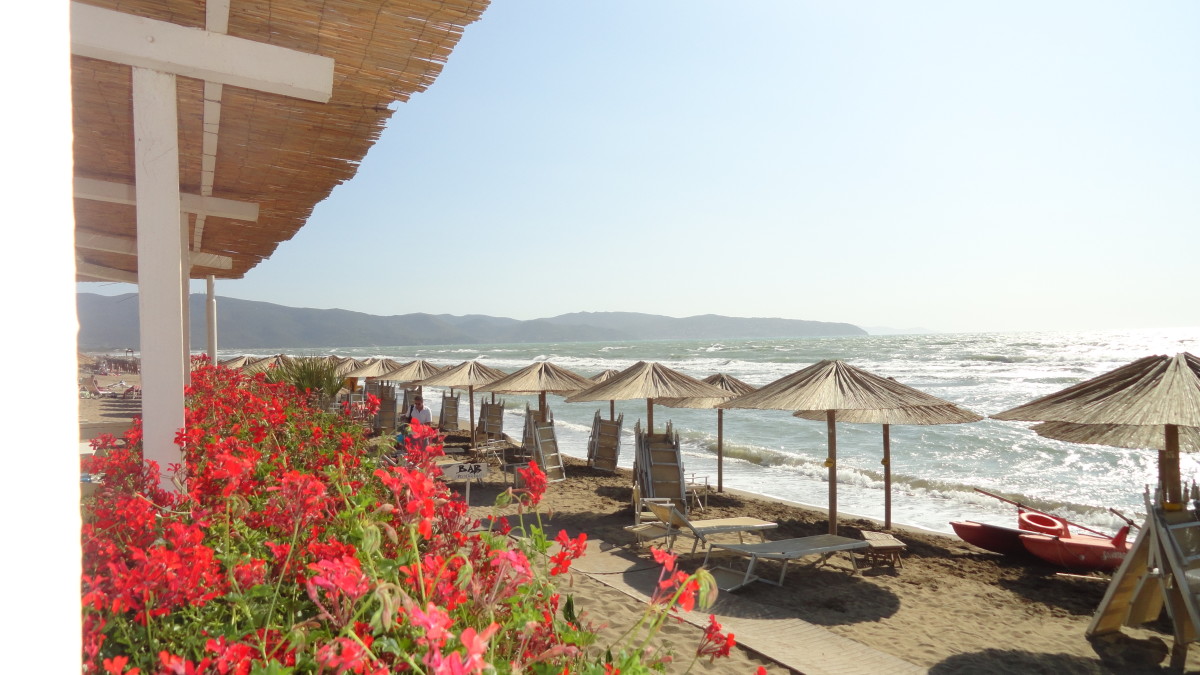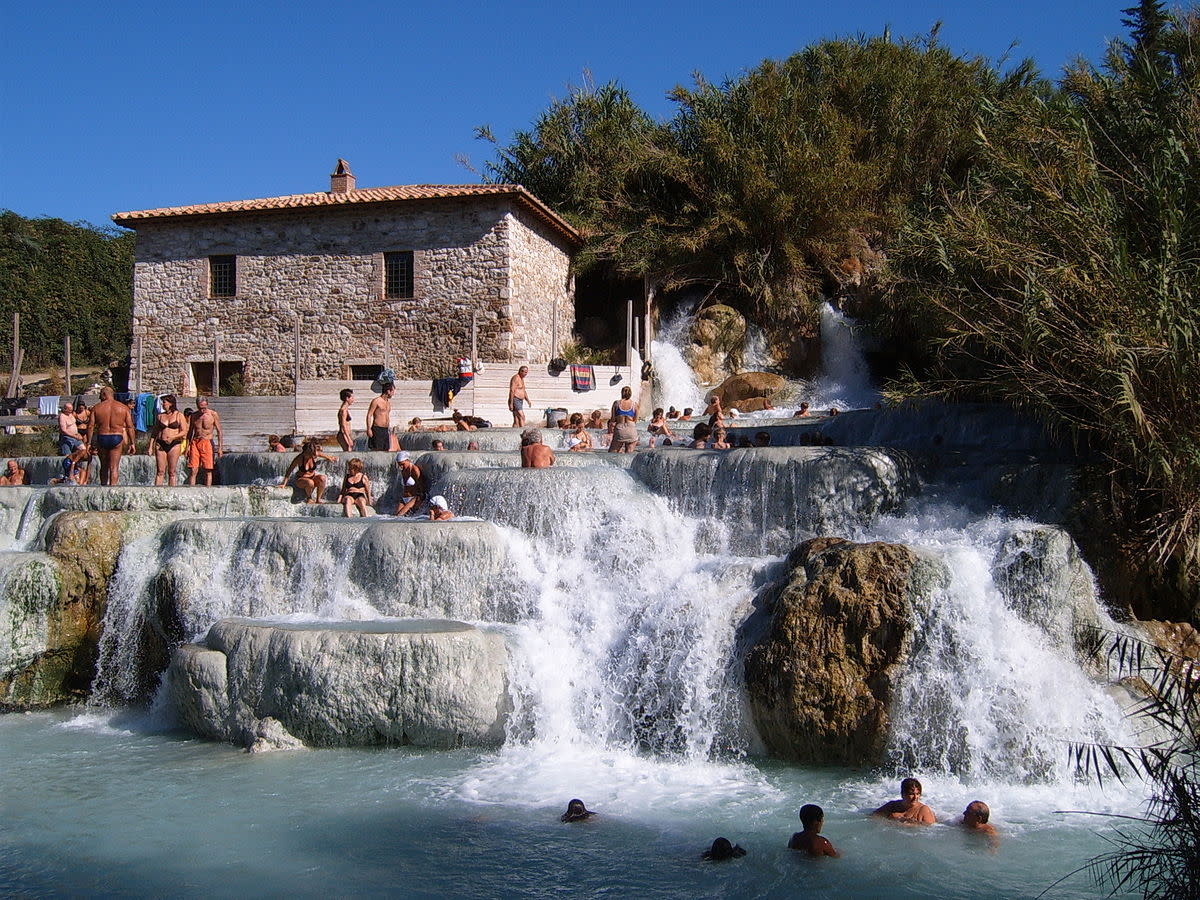Ten Unusual Museums in Italy - Strange Places to Visit in Umbria
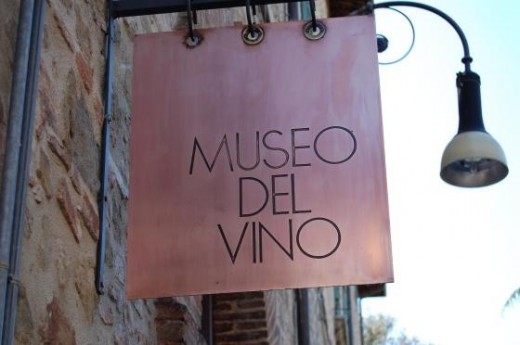
Collections, Exhibitions and Shows in Umbria
The central province of the Italian peninsula, Umbria has so much to offer in the way of excellent museums, exhibitions and galleries. Just about every village and town has a Pinacoteca Comunale, Museo or Galleria for you to look around. What always defines an area are those small, unique collections that have been assembled and are quite often particular to a specific location.
The communities around Umbria have amassed great compilations of Renaissance artworks, frescoes and paintings; they have a prodigious amount of religious relics and collections of Roman and Etruscan artefacts in every hill town. There are also a number of interesting, unique, unusual and sometimes-wierd local museums around Umbria that are worth a visit if you are looking for things to.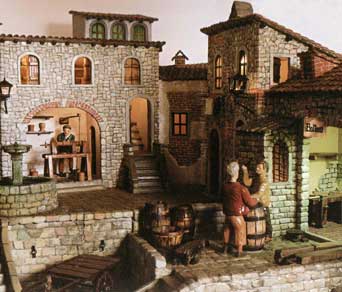
10 Things to do in Umbria, Italy
1) Museo dell’Olio, the Oil Museum in Torgiano. Opened in 2000 this collection in the south of Umbria explains and demonstrates the processes and botany associated with the production of the regions famous golden olive oils. The museum has a number of antiques oil presses and equipment related to oil production.
2) Mummies of Ferentillo, a macabre exhibition of bodies buried beneath the Church of Santo Stefano in the village. The bodies date back to the 1500’s when they were intruded, during the Napoleonic reign of the area it was decreed that burials were forbidden within the boundaries of towns and villages and so the mummies of Ferentillo were discovered. After all the years the grim finds included adults, children, priests and pilgrims, many were still clothed, with hair, beards, skin and teeth.
3) Botteghe Artigiane in Miniatura, Museum of Miniatures in the old town centre of Citta di Castello is a wonderful collection of precepi, nativity scenes and townscapes crafted in perfect miniature detail. The displays recreate the people, occupations and trades prevalent in the Upper Tiber Valley over the centuries in splendid tiny models.
4) Historical Museum of Chocolate, Perugia. The town is famous for its festival of chocolate, Eurochoc every October and the museum acts as a permanent feature dedicated to the sweet treat. The museum is part of the Perugina chocolate factory, who make Baci chocolates, you can also have guided tours of the works and see chocolate being produced.
5) Battle of Lake Trasimeno Museum, Tuoro sul Trasimeno houses an exhibition dedicated to the famous battle in 217 BC, between Hannibal and the Roman consul Cauis Flaminius. The museum fully explains the battle and includes some fine archaeological finds from period. Heavily outnumbered on the shores of the Lake Trasimeno, Hannibal carried out one of the greatest ambushes in history.
6) Museo de Archeologia Arborea, in San Lorenzo, Lerchi in the Upper Tiber Valley. Here there is a living tree museum, which promotes and preserves a large number of native Italian trees. Many breeds that have fallen out of favour are often forgotten and in danger of becoming extinct. The museum dutifully tends and cares for 150 rare local fruit trees ensuring their survival.
7) Museo del Tulle, The Lace making Museum in Panicale, near Lake Trasimeno. Dedicated to the life, designs and works of a remarkable woman, Anita Bellischi and the local school she established nearby that taught many local women the delicate craft of lace work and gain financial independence and security for themselves.
8) World of Model Soldiers Museum, La Preghiera, Calzolaro. On the plains of the luscious Seano valley north of Umbertide is the restored medieval monastic estate, La Preghiera. Now a B&B hotel it houses an interesting collection of over 30,000 toy lead soldiers and militaria, prints, uniforms and flags.
9) Museo del Vino, Wine Museum of Torgiano. Established by the Lungarotti family who have produced wine in the region for decades, this exhibition explains and demonstrates the history and equipment have been used over the centuries in bringing a bottle of the good stuff to our dinner tables.
10) Museum of Emigration examines the stories behind the thousands of Italians that left their homeland between 1800 and 1950 and travelled around all four corners of the world. Located on the foothills of the Apennine Mountains, in the Palazzo Podesta in Gualdo Tadino the museum provides an interesting piece of Italian social history.
Other Umbrian Hubs
Eurochoc Festival in Perugia
Ten Ususual Festivals in Umbria
Five Christmas Festivals in Umbria
Eat your Way Around Umbria
Carsulae, the Pompeii of Umbria

